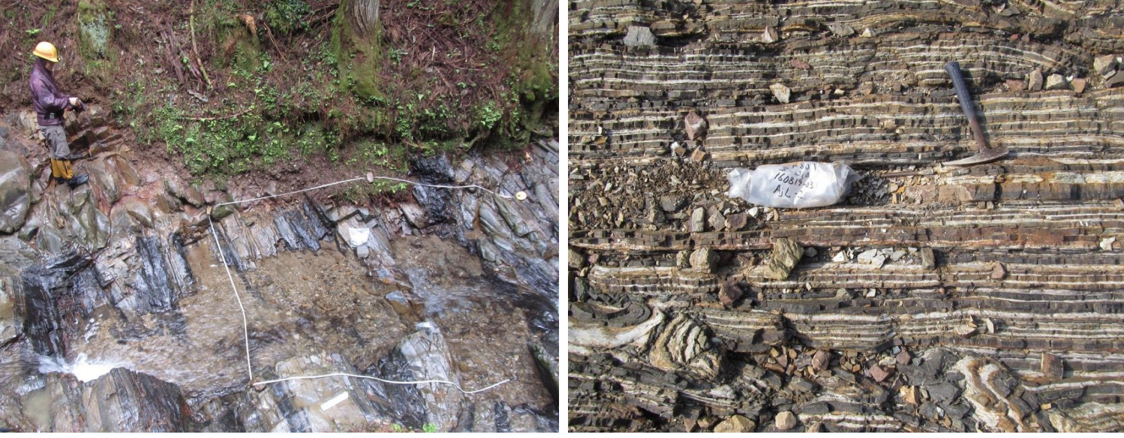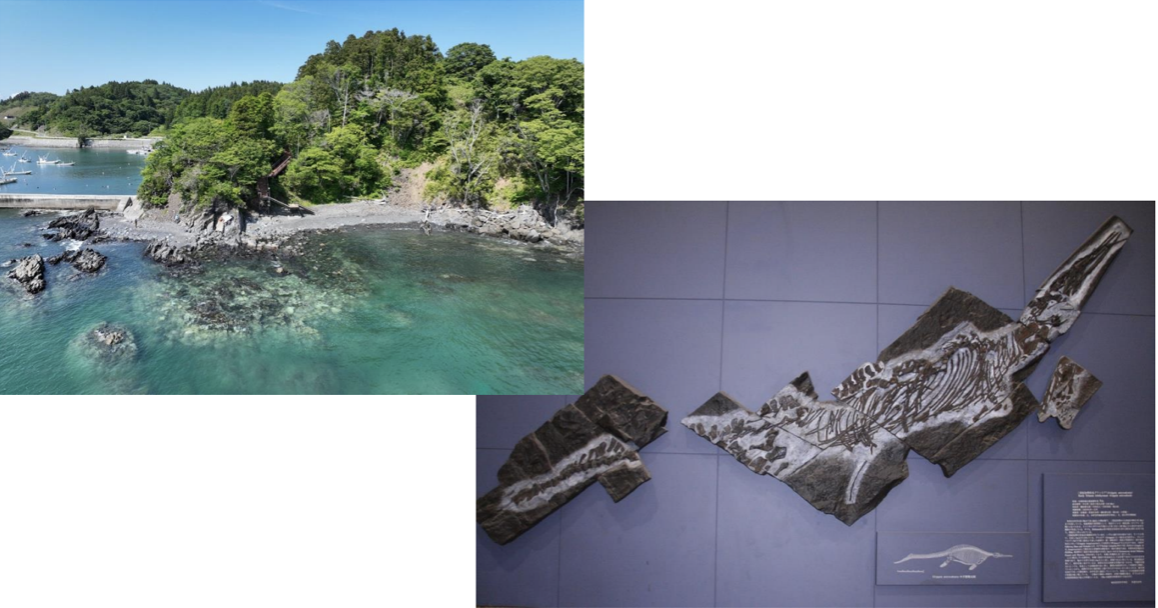Seminars - Upper Paleozoic to Lower Mesozoic sedimentary records of pelagic deep Panthalassa & Reexamination of the skeletal morphology of Utatsusaurus: one of the oldest ichthyopterigians
Speakersi: Dr. Shun Muto (Geological Survey of Japan) Dr. Kazuko Yoshizawa Department of Earth and Planetary Science, University of Tokyo | Monday 14 October 2024 2,30 p.m. and 3,15 p.m. | Classroom 1E
14.10.2024

Superocean Panthalassa is a vast ocean that covered ~60% of the Earth's surface during the late Paleozoic to the early Mesozoic. Sedimentary rocks deposited in the pelagic abyssal plains of Panthalassa provide excellent long-term records of the Earth's surface environment at a wide geographic scale. Arguably the best sedimentary records of pelagic deep Panthalassa are obtained from accretionary complexes in Japan.
In this talk, I will introduce the stratigraphic overview of this sedimentary succession. I will also talk about recent progress on an intriguing lithological anomaly in the sedimentary succession of pelagic deep Panthalassa: the deep-sea chert gap. This refers to the lack of radiolarian chert in strata deposited at the Permian–Triassic boundary, and is characterized by high clay content and three horizons of organic matter enrichment, which respectively record elevated flux of clastic material to the pelagic realm and recurrent oceanic anoxia.

Ichthyopterygia is a clade of mesozoic marine reptiles. The Early Triassic Utatsusaurus hataii is one of the earliest ichthyopterygians and shows numerous plesiomorphic features. In the present study, a specimen of U. hataii which was found in the Lower Triassic in Japan, is described. Cranial bones were digitally segmented based on X-ray computed tomographic image data.
The specimen includes both primitive (partly terrestrial) characters and those suggesting a transitional stage to a fully aquatic life were observed, emphasizing the importance of this specieswhen discussing aquatic adaptation of ichthyopterygians.





